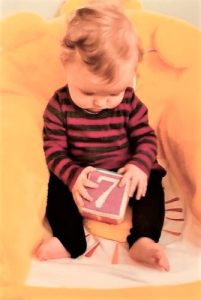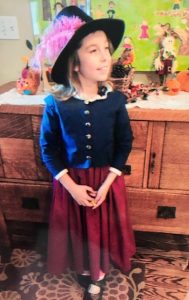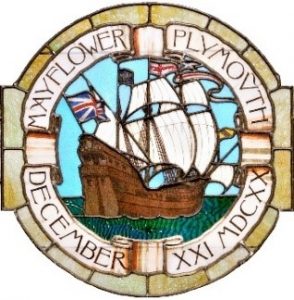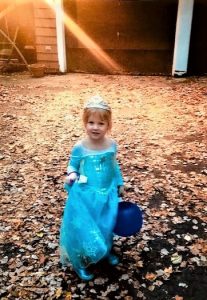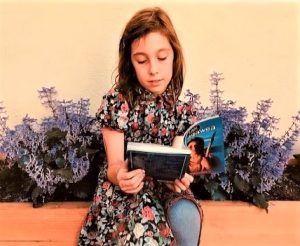“Would you like to make pine cone wreaths in my basement workshop?” a neighbor asked one afternoon. “I have all the supplies and provide all the directions,” she added. I accepted her generous offer with more enthusiasm than craft know-how or confidence.
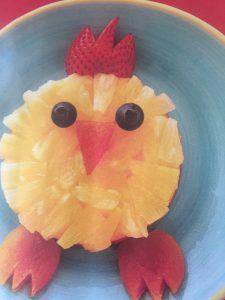
Her festive spirit rubbed off on everyone as we set to work like elves just before Christmas. She encouraged the preschool children to help sort the pine cones and nuts, cut wire in various lengths, and arrange the wreath designs. Later, after a final spraying with clear varnish, our wreath looked surprisingly symmetrical and professional. We returned to that busy workshop several times to produce more wreaths for family and friends.
A new direction to our gift-giving traditions was born. We saw a special joy from the children as they bundled up and set off on their gift delivery missions. Here was something that took thought, time, and effort to make. Kindling an unselfish attitude helped to define the holiday spirit through actions, not words.
The children searched year round for more pine cones, beechnuts, buckeyes and other trimmings for future wreaths.
But how many pine cone wreaths does anyone need? The next Christmas we searched for new gift ideas which could be defined as easy to make, practical, economical, and in the range of a youngster’s interest and ability – a craft easy enough so Mom and Dad didn’t have to finish it by default.
This eliminated the lengthy “how-to” books, yet a potpourri collection developed from craft shows, children’s books, school projects, talented neighbors, and the children’s own ideas. From simple homemade baked goods tucked into decorated coffee cans, to handstitched felt map cases, to more complicated candle making and art work, the making, baking, and giving have been valuable lessons.
One of the best ideas came from a grandma who lives alone. She recommended, “I like “doing” gifts – doing the raking, the storm windows, etc. These are difficult things for me to do.” Our son designed a “coupon booklet” so grandma could redeem certain chores when she wished. [Read more…] about Kids Learn Thoughtful Giving With Handmade Projects, ‘Doing’ Presents
